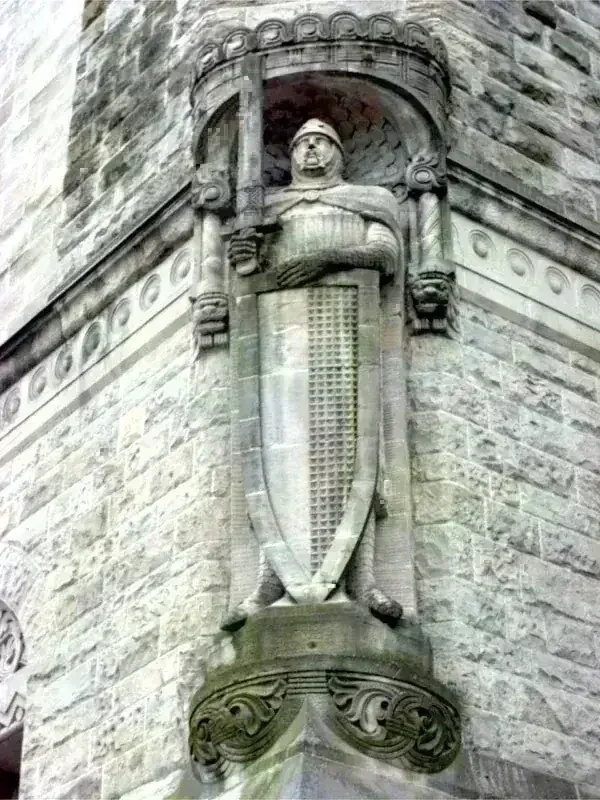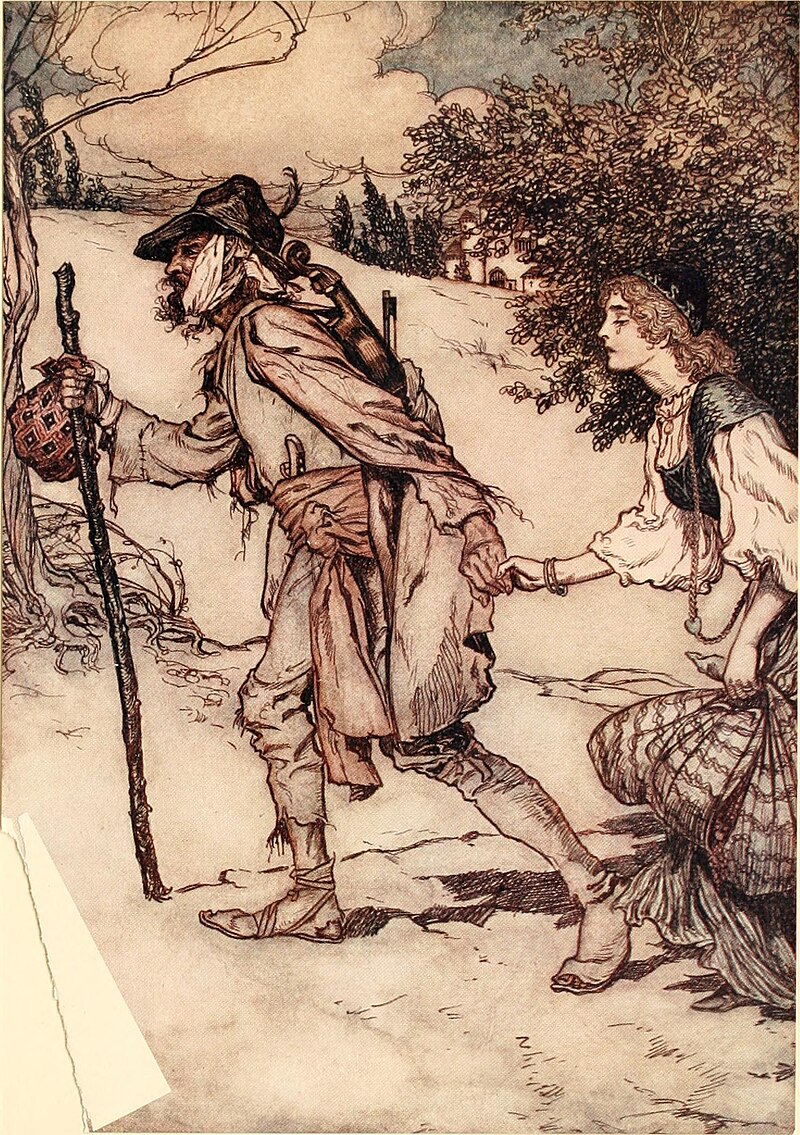Lares

Lares were guardian deities in ancient Roman religion. Their origin remains uncertain; they may have been hero-ancestors, guardians of the hearth, fields, boundaries, or fruitfulness, or perhaps a combination of these roles.
These deities were believed to observe, protect, and influence everything that occurred within the boundaries of their location or function. Statues of domestic Lares were placed at the table during family meals, and their presence, cult, and blessing were considered necessary for all important family events.
Roman writers sometimes identified or conflated Lares with ancestor-deities, domestic Penates, and the hearth. While often categorized as household gods due to these associations, some Lares had much broader domains. Roadways, seaways, agriculture, livestock, towns, cities, the state, and its military all fell under the protection of their particular Lar or Lares.
The Lares who protected local neighborhoods (vici) were housed in crossroad shrines (Compitalia), which served as centers for the religious, social, and political lives of their local, predominantly plebeian communities. Their cult officials included freedmen and slaves, groups otherwise excluded from most administrative and religious offices due to status or property qualifications.
Although Lares had limited scope and potency compared to Rome's major deities, archaeological and literary evidence confirms their central role in Roman identity and religious life. By analogy, a homeward-bound Roman could be described as returning ad Larem (to the Lar). Despite official bans on non-Christian cults from the late fourth century AD onwards, unofficial cults to Lares continued until at least the early fifth century AD.


